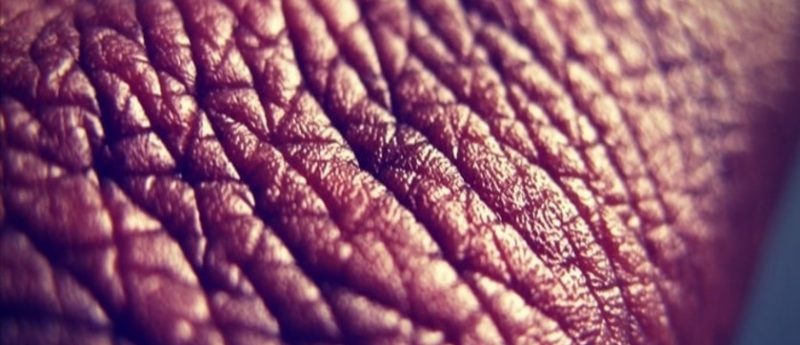NCRI 2018: Male melanoma deaths rising, study reports

The worldwide male death rate from malignant melanoma is rising in all but one country, whereas the death rate for women is either stationary or falling, according to newly presented research on WHO data.
Malignant melanoma, the most dangerous type of skin cancer, is primarily caused by ultraviolet radiation. Dorothy Yang, from the Royal Free London NHS Foundation Trust (London, UK), who presented the study, explained: “Despite public health efforts to promote awareness of melanoma and encourage sun-smart behaviors, melanoma incidence has been increasing in recent decades. However, some new reports have identified signs of stabilization and decline in melanoma death rates.”
In research presented at the 2018 NCRI Cancer Conference (4–6 November 2018, Glasgow, Scotland), scientists extracted and examined data on 33 countries, focusing on the death rates from malignant melanoma. The data was age-standardized and included information from 1985—2015.
The male death rate was higher than the female death rate in every country analyzed, and had risen in every country except for the Czech Republic, where it had fallen by 0.7%. However, even here the male death rate was still almost double the female rate. In comparison, the female death rates in the Czech Republic fell by 15.5%.
“There is evidence that suggests men are less likely to protect themselves from the sun or engage with melanoma awareness and prevention campaigns,” commented Yang, “There is also ongoing work looking for any biological factors underlying the difference in mortality rates between men and women.”
The country with the highest male death rates was Australia (5.72 per 100,000 men), possibly due to the sunnier climate compared with most other countries in the study. For women, the highest death rate was Slovenia (2.58 per 100,000 women), and the country with the lowest rate for both sexes was Japan (0.24 and 0.18 per 100,000 men and women, respectively).
The researchers are continuing to examine the data in the hope that they will uncover underlying factors which are causing the differences in death rates between the two sexes, and to see whether new prevention, diagnosis and treatment methods are having a positive effect.
Poulam Patel, Chair of the NCRI Skin Cancer Clinical Studies Group, who was not involved with the research, commented: “This research shows that death rates for melanoma are stabilizing or decreasing in some countries, particularly for women, but in almost all countries there was an increase in death rates over the past 30 years in men. This is an important finding that requires further scrutiny.”
“These results also suggest that melanoma will continue to be a health issue over the coming years, and we will need to find effective strategies to accurately diagnose and successfully treat patients.” concluded Patel.
Source: NCRI press release





